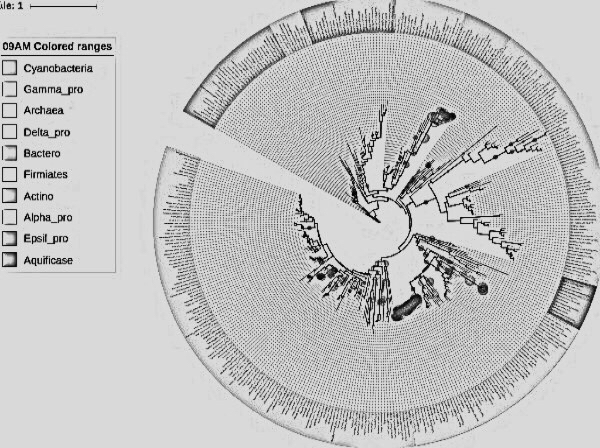CBIOMES members please log in to access. Password issues contact cbiomesweb@gmail.com
A New Mechanistic Growth Model: Monod-Memory – Mohammad Amirian (Dal)
CBIOMES members please log in to access. Password issues contact cbiomesweb@gmail.com
Macromolecular composition of dinoflagellates under nitrogen starvation – Olga Carnicer (Dal)
CBIOMES members please log in to access. Password issues contact cbiomesweb@gmail.com
November 2020 CBIOMES e-meeting – Zhengke Li (Finkel Group, Dalhousie)
CBIOMES members please log in to access. Password issues contact cbiomesweb@gmail.com
November 2020 CBIOMES e-meeting – John Casey (MIT)
CBIOMES members please log in to access. Password issues contact cbiomesweb@gmail.com
NEW CBIOMES PUBLICATION
Emily J. Zakem, Martin F. Polz and Michael J. Follows (2020), Redox-informed models of global biogeochemical cycles, Nature Communications, doi: 10.1038/s41467-020-19454-w
Get the PDF [Requires login]
NEW CBIOMES PUBLICATIONS
Joseph J. Vallino and Ioannis Tsakalakis (2020), Phytoplankton temporal strategies increase entropy production in a marine food web model, Entropy, doi: 10.3390/e22111249
Get the PDF [Requires login]
Using Metagenomics to Measure In-Situ Microbial Growth Rates
Growth rates are central to understanding microbial interactions and community dynamics. The Fuhrman Lab, which uses ‘omics data to seek a better understanding of microbial growth, interactions, and biogeographies has been evaluating a promising new approach to simultaneously determine the growth rates of many different kinds of microbes from the within-genome distributions of DNA extracted from in-situ (mixed) ocean populations. Continue reading “Using Metagenomics to Measure In-Situ Microbial Growth Rates”
2020 Joint Simons Marine Collaborations Meeting
CBIOMES members please log in to access. Password issues contact cbiomesweb@gmail.com
Towards a Better Model for the Microbe Membrane (Revisited)
Postdoc John Casey continues to work closely with MIT-CBIOMES Group PI Mick Follows on research combining quantitative proteomics, flux balance analysis, and molecular modeling of membrane transports to develop a steady-state model of microbial acclimation to substrate limitation. A paper by the same name was recently published in PLOS Computational Biology. Continue reading “Towards a Better Model for the Microbe Membrane (Revisited)”








